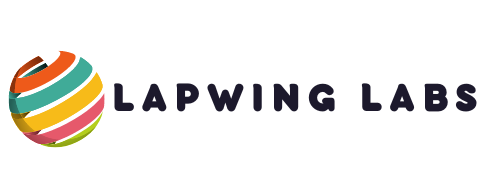Education is a cornerstone of societal progress, yet the methods and priorities surrounding it vary widely across the globe. Recent research by Aithor and Tutor AI provides a compelling look at the contrasting educational approaches of students in the United States and the United Kingdom. By analyzing the habits of over 38,600 students, this study reveals profound differences in study hours, work-life balance, and the integration of AI tools in academic work. These findings not only highlight cultural distinctions but also shed light on the evolving role of technology in education.
Americans Study Less but Enjoy Better Work-Life Balance
One of the most striking revelations from the research is the disparity in the average number of study hours. On average, US students study 20 hours less per week compared to their UK counterparts. While UK students dedicate six days a week to academic pursuits—often treating Fridays and Sundays as full working days—US students typically limit their study schedule to four days, reserving weekends for rest and personal activities. This results in UK students studying 41% more than Americans.
This discrepancy can be attributed to differing cultural norms and priorities. US students place a higher value on maintaining a balanced lifestyle, prioritizing sleep and personal time over late-night study sessions. In contrast, UK students often extend their academic efforts into the evening, sometimes working until 9 or 10 p.m., reflecting a more rigorous approach to education.
The Role of AI in Modern Education
Aithor’s research, conducted in partnership with Tutor AI, delved into how students in both countries utilize AI tools in their academic work. The findings reveal intriguing differences in adoption rates and usage patterns:
- Adoption Rates: In the UK, 52% of students frequently use AI tools in their studies, with an additional 22% using them periodically. In the US, these figures are slightly lower, with 42% using AI often and 22% occasionally.
- Usage Patterns: While the majority of students in both countries prefer free AI tools, a significant minority opts for paid subscriptions to access premium features. Notably, 25% of UK students and 23% of US students invest in paid AI tools, indicating a willingness to prioritize long-term benefits over cost considerations.
- Application: Students predominantly use AI for tasks such as generating meeting minutes, creating reference lists, and suggesting structure for assignments. However, when AI is employed for content generation, students report challenges, including penalties for submitting AI-generated work detected by academic grading systems.
Cultural and Technological Influences
The study underscores how cultural and technological factors influence educational practices. UK students’ higher adoption rate of AI tools aligns with their intensive study schedules, as these technologies help streamline workloads. Interestingly, 12% of UK participants generate more than half of their academic work using AI, compared to a lower but still notable percentage in the US.
Despite the benefits, students across both regions face obstacles, such as the risk of false data and academic penalties for AI-generated content. These challenges highlight the need for improved AI tools capable of generating reliable and academically acceptable material.
Differences in Study Approaches
The structured and relaxed schedule of US students contrasts sharply with the rigorous approach of UK students.

Americans’ focus on sleep and personal well-being suggests a holistic view of education, where academic success is balanced with mental and physical health. Conversely, UK students’ commitment to extended study hours reflects a more traditional and disciplined approach to academia.
Implications for the Future of Education
The insights from Aithor and Tutor AI’s research offer valuable implications for educators, policymakers, and technology developers. Understanding these regional differences can guide the development of tailored educational tools and strategies. For instance:
- Educational Tools: Developers can design AI tools that address specific cultural and academic needs, such as assisting with time management for US students or offering advanced research capabilities for UK students.
- Policy Recommendations: Educational institutions can adopt policies that encourage a balanced approach, integrating technology while addressing its limitations.
- Global Collaboration: Sharing best practices between countries can lead to more effective educational strategies, leveraging the strengths of both systems.
About the Research and Its Authors
Aithor and Tutor AI, leading AI tools in the educational sector, spearheaded this groundbreaking study. Aithor’s platform specializes in generating essays, articles, and academic papers, helping students overcome writer’s block and improve their writing skills. Tutor AI provides a customizable learning assistant tailored to individual academic needs, enhancing students’ ability to navigate complex educational challenges.
The study’s reliance on data from 17,600 US students and 14,500 UK students, supplemented by an additional 6,500 responses collected through Tutor AI, ensures a robust and comprehensive analysis. This collaborative effort highlights the transformative potential of AI in education, paving the way for innovative solutions that bridge cultural and technological divides.
Conclusion
The findings from Aithor and Tutor AI’s research illuminate the diverse educational landscapes of the US and UK.

While Americans enjoy a better work-life balance, UK students demonstrate a more intensive academic commitment. The integration of AI tools into these distinct systems reflects the growing importance of technology in shaping modern education. By addressing the challenges and leveraging the opportunities identified in this study, stakeholders can foster more effective and equitable learning environments worldwide.



